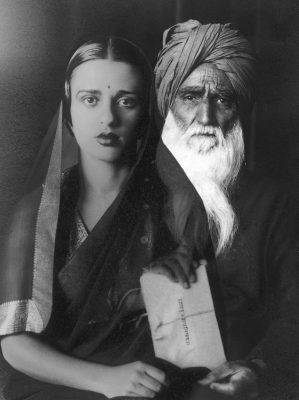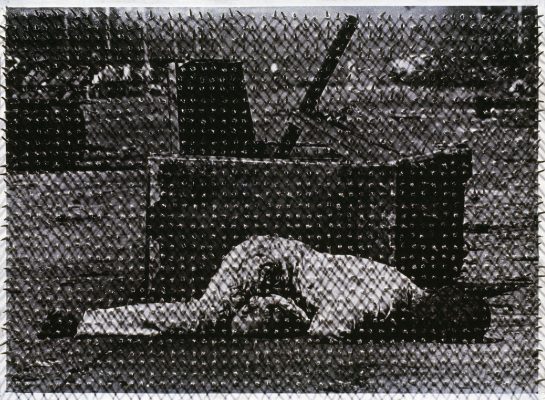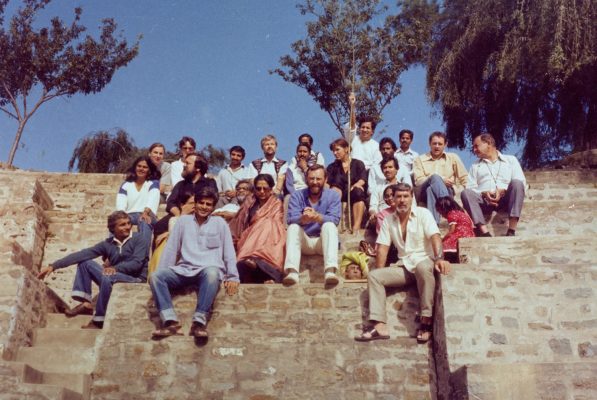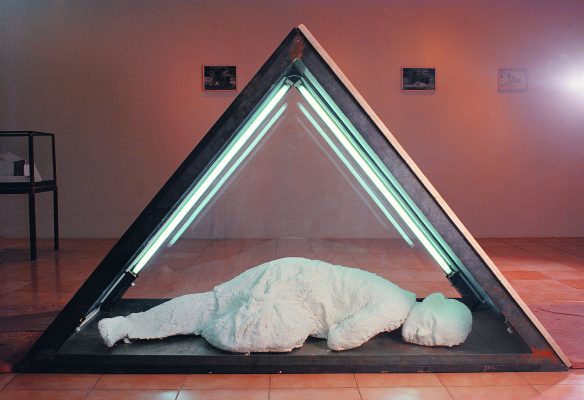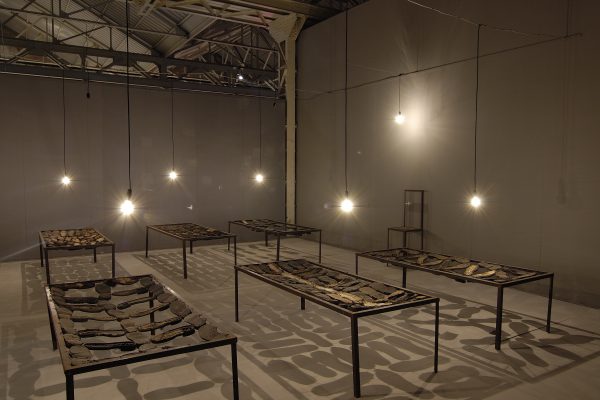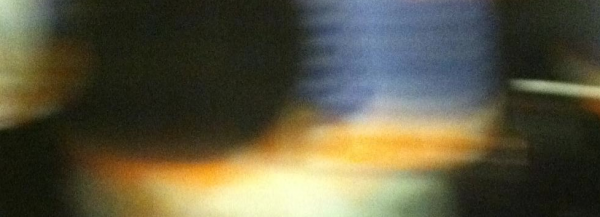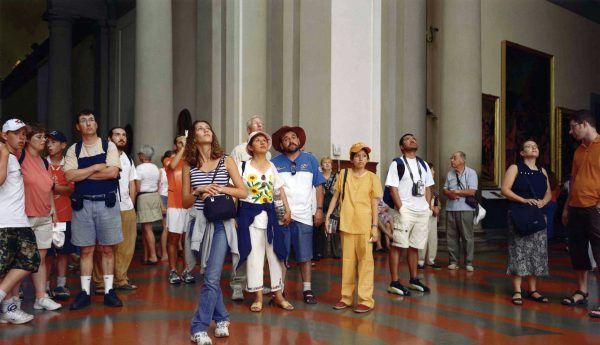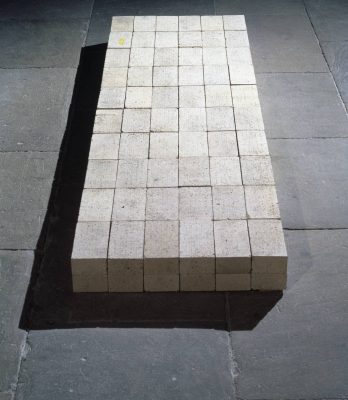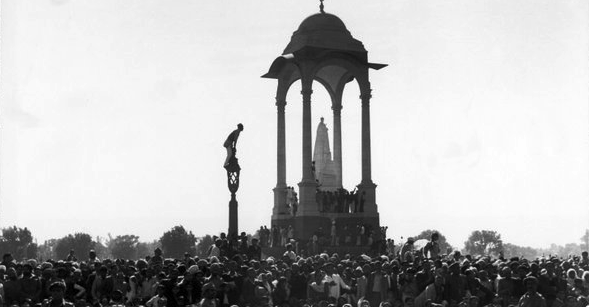When I meet Vivan Sundaram at his residence in Delhi, he pulls out the catalogue of his 2018 survey exhibition Disjunctures at Haus der Kunst, Munich, signs it and gifts it to me. The title suits the nature of his oeuvre, which spans many mediums and periods. The gesture suits the man: generous, enthusiastic, and proud, all qualities that have helped sustain his influence over the Indian art scene for the best part of fifty years.
At 75, Sundaram remains an influential figure. Sitting in his office, we discuss whether there’s a single philosophical strand that binds his practice. He demurs, saying that he’s always responding to a particular crisis, to something outside himself. Yet there is much within his own life that he has drawn on. The son of India’s second Chief Election Commissioner, Sundaram grew up in an elite (he uses the word ‘colonial’) milieu informed by the liberalism and internationalism of the early post-Independence years. Amrita Sher-Gil, one of the most important painters of pre-Independence India, was Sundaram’s aunt. His grandfather was Umrao Singh Sher-Gil, a Sikh landowner and early photographer. Sundaram has provocatively addressed this legacy with paintings, installations, and photomontages that create fictional affinities between family members across generations, often suggesting erotic bonds. Another significant member of the family is the art critic and historian Geeta Kapur, Sundaram’s wife, and a woman widely regarded as one of the first people to have legitimized and consolidated the critical study of late-twentieth century Indian art. Unlike his aunt and grandfather, Kapur appears in only one of her husband’s works, Easel Painting (1989-1990), discretely tucked in behind a book. It’s an image I’m now familiar with, having discovered her reading at the breakfast table both times I call.
Educated in Baroda and London, Sundaram’s early work was made under the influence of pop art and the countercultural zeitgeist of the late 1960s. In the 1970s, he was part of a group of artists that brought figurative painting into the abstraction-dominated modern Indian canon. The early 1990s was a turbulent time in India—the economy had been liberalized, the mediascape was changing, and violence was afoot. In 1992, the 16th century Babri Mosque was demolished by right-wing Hindu mobs in the northern city of Ayodhya in Uttar Pradesh. The event triggered two months of anti-Muslim rioting all over the country, where escalating brutality led to the Mumbai Riots of 1993, widely believed to have had tacit government support. In the wake of these events and the transformative effect they had on the country, Sundaram turned to multimedia installation to respond to the political tumult.
Last year a retrospective exhibition of Sundaram’s work was held at Kiran Nadar Museum of Art (KNMA), Delhi. The title, Step inside and you are no longer a stranger, befits an artist eager to open up about his work. Over the course of two long conversations, he unfolded his five-decade career.
